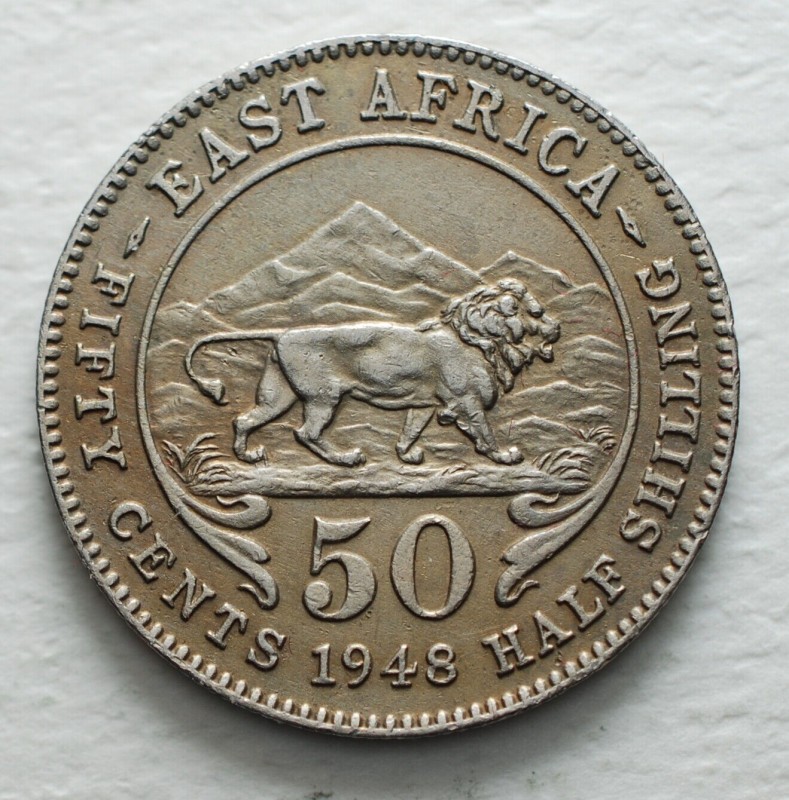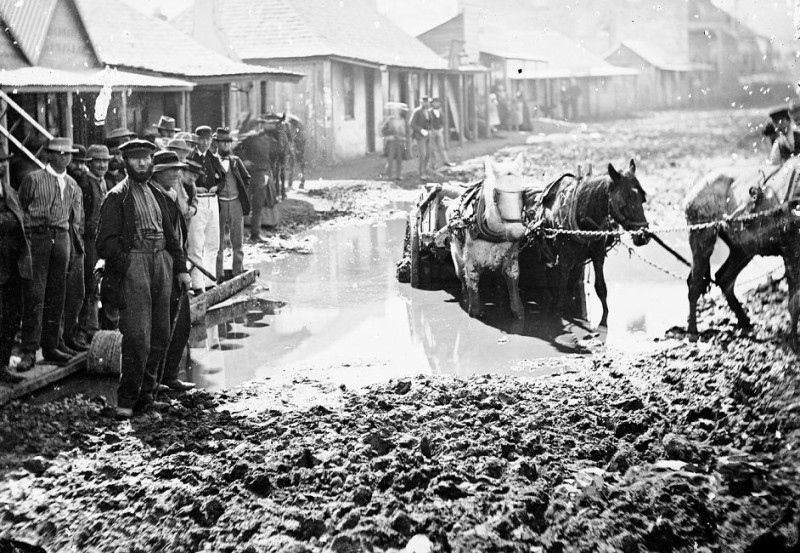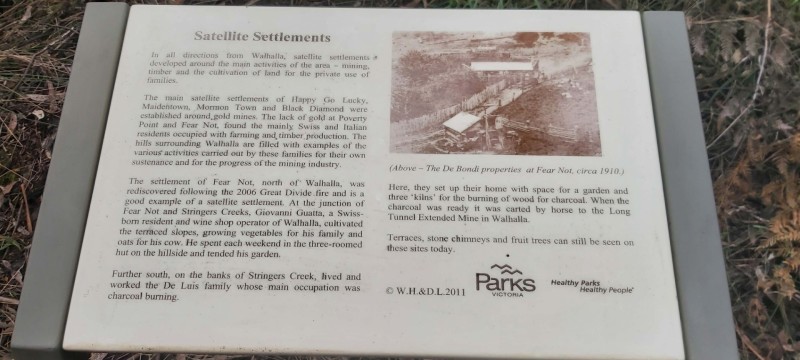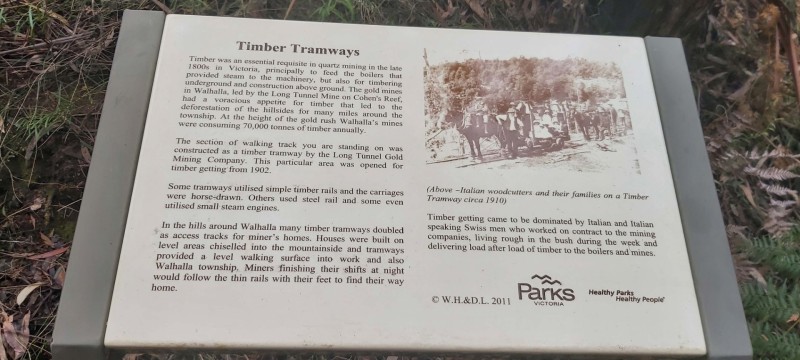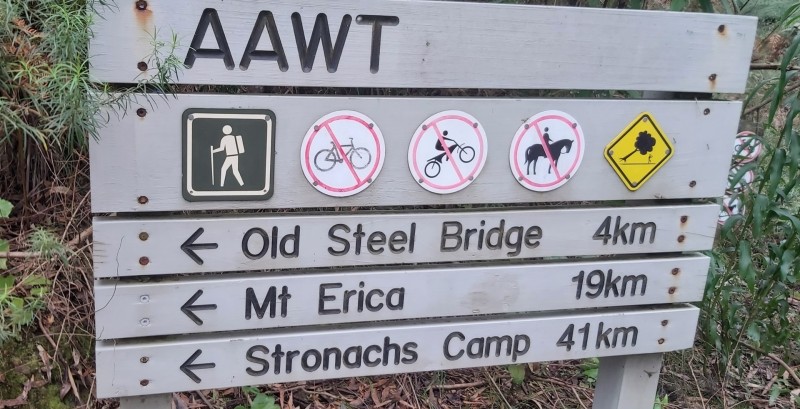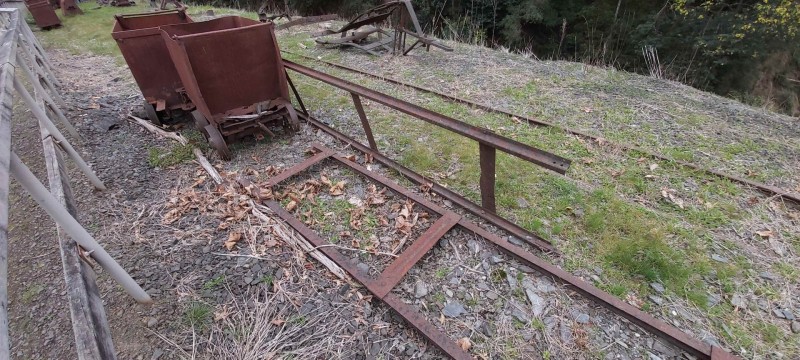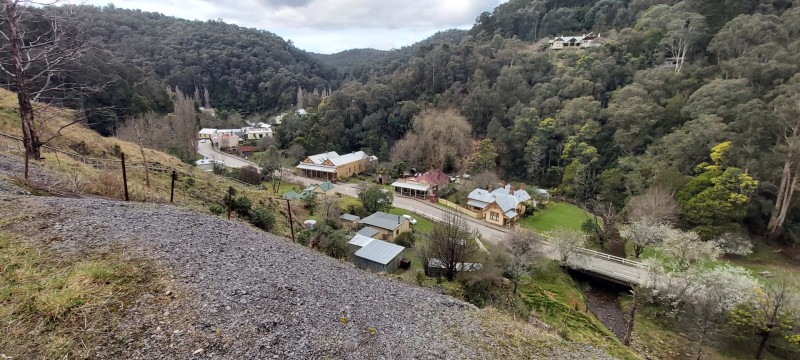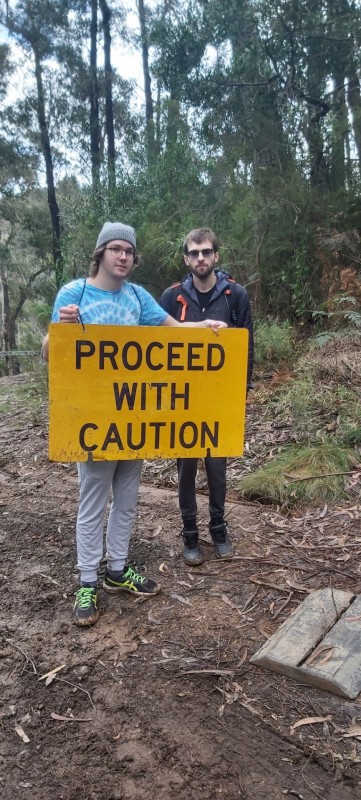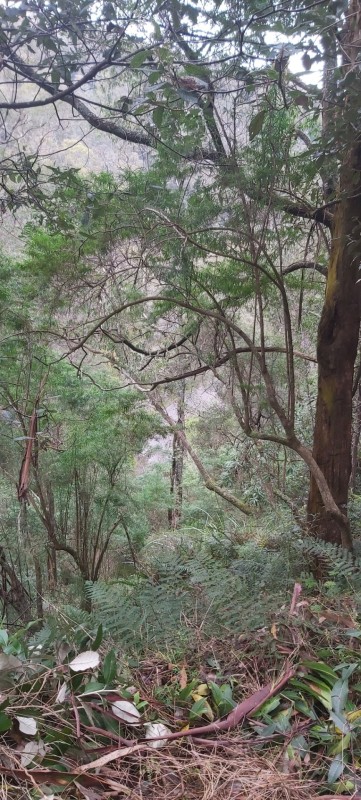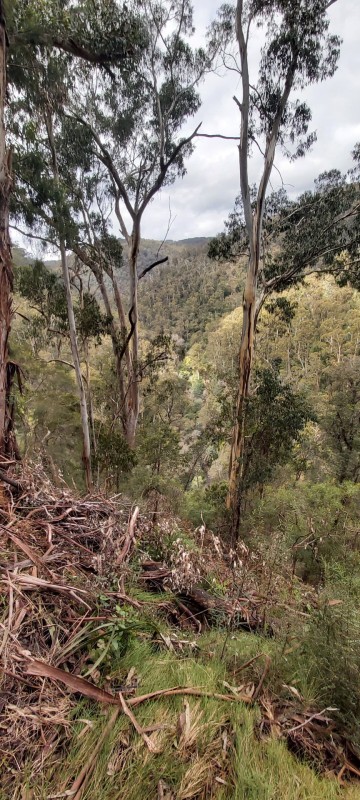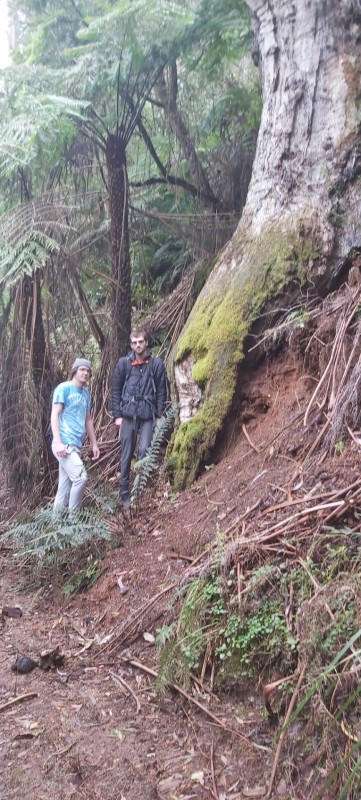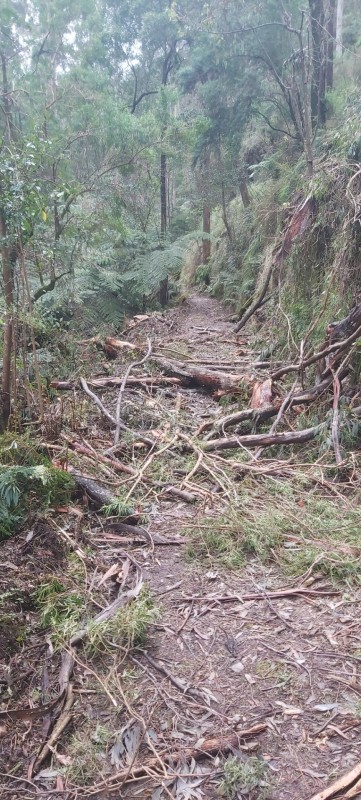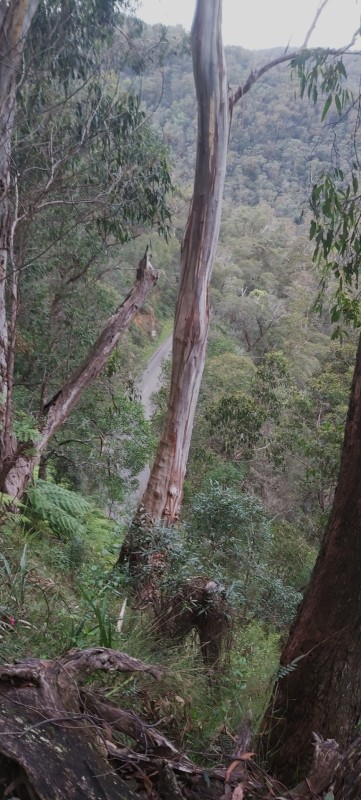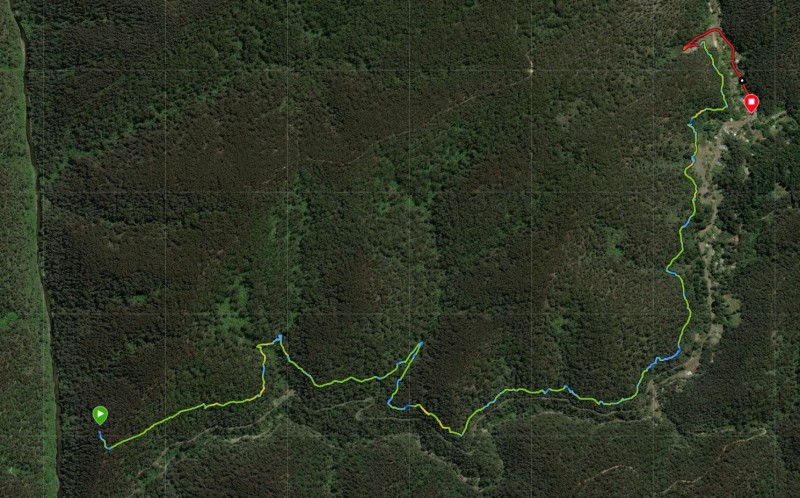-
Posts
1,950 -
Joined
-
Last visited
Content Type
Forums
Detector Prospector Home
Detector Database
Downloads
Everything posted by geof_junk
-

XP Deus 2 Vs Minelab Manticore
geof_junk replied to vive equinox's topic in Metal Detector Advice & Comparisons
SpecsManticore.pdf -

Steve's 2022 Australia Adventure, Part 1
geof_junk replied to Steve Herschbach's topic in Garrett Metal Detectors
Well Steve that's life. I see a few more trips back to West Aust. The weight is only a side benefit and by the way it only gets left in a jar/safe. Only spent when the grand kids get their inheritance from good old grand dad. Your description should at least warn the first times that all their hope of taking our gold 😉 is not easily achieve with out a lot of luck. As for the currency a $160 AUD nugget is only worth $100 US nugget. So you win one way and lose the other way. 🙃 -
Norvic like I told Gerry to improve the photo, a clean shave is required. 😉
-
This link might help. ....LINK.... Here is some relative information from it. First East African shilling Unlike elsewhere in the possessions of the British Empire that used sterling, in British East Africa the shilling instead of the pound was the primary unit of account, with the pound being a superunit mainly used for recording very large sums of money that would be inconvenient if quoted solely in shillings. This anomalous state of affairs arose because the first currency used by the British colonial authorities in British East Africa was the rupee, not sterling. The East African shilling was introduced to Kenya, Tanganyika, and Uganda in 1921, replacing the short-lived East African florin at a rate of 2 shillings to 1 florin. The florin had been introduced because of increasing silver prices after World War I. At that time, the Indian rupee was the currency of the British East African states. The rupee, being a silver coin, rose in value against sterling. When it reached the value of two shillings, the authorities decided to replace it with the florin. From the florin thence came the East African shilling. The currency remained pegged to one shilling sterling and was subdivided into 100 cents.[2][3][4] In 1936, Zanzibar joined the currency board, and the Zanzibari rupee was replaced at a rate of 1/50 to 1 Zanzibari rupee.[3] It was replaced by local currencies (Kenyan shilling, Ugandan shilling, and Tanzanian shilling) following the territories' independence.[2][3][4] In 1951, the East African shilling replaced the Indian rupee in the Aden colony and protectorate, which became the South Arabian Federation in 1963. In 1965, the East African Currency Board was breaking up, and the South Arabian dinar replaced the shilling in the South Arabian Federation at a rate of 20/= to 1 dinar.[1][5] The shilling was also used in parts of what is now Somalia, Ethiopia, and Eritrea when they were under British control. Before 1941, these areas, then known as Italian East Africa, used the Italian East African lira. In 1941, as a result of World War II, Britain regained control and introduced the shilling, at a rate of 1/= to 24 Lire. Italian Somaliland was returned to Italy in 1949 as a UN Trusteeship and soon switched to the somalo, which was at par with the shilling. British Somaliland gained independence in 1960, and joined what had been Italian Somaliland to create Somalia. In that year, Somalia began using the Somali shilling (replacing the Somali somalo) at par with the East African shilling.[6] Ethiopia regained independence in 1941, with British support, and began using the East African shilling. Maria Theresa thalers, Indian rupees, and Egyptian pounds were also legal tender at the beginning of this time, and it is unclear exactly when this status ended. Full sovereignty was restored in late 1944, and the Ethiopian dollar was reintroduced in 1945 at a rate of $1 = 2/=.[7] Eritrea was captured from the Italians in 1941, and began using the East African shilling, as well as the Egyptian pound. The lira was demonetised in 1942. When Eritrea formed a federation with Ethiopia in 1952, the dollar, which was already in use in Ethiopia, was also adopted in Eritrea.[8] Second East African shilling[edit] A revived version of the currency has been proposed by the East African Community, which consists of Kenya, Tanzania, Uganda, Rwanda, Burundi, and South Sudan. It had been proposed that the Second East African shilling would be introduced into circulation in 2012, but the target was not met. A second target date of 2015 was set, but that was not met either. The third target date is 2024.[9]
-
I found and still have an African coin that I found back in the early 1980s that I still have in my collection some where. I collect any coin with the 1948 date the year of mine and the younger King Charles birth year. I really like the coin because of the values on it (50 cents or half a shilling) as well. The photo show is the coin but not from my collection.
-
Better to keep your mouth shut than take a claim. I took a claim out on a spot where I got 26+ ounces from first. All it did was bring it to everyone else's attention. By being careful I have had two spot that the wife and I got over 1 kilo from one and more than 2 kilo from another with out being followed by others and leaving no trace of working it for others to see. Using the Neo Magnet did you have it covered with a cloth to help moving the black sand from it.
-

Steve’s 2022 Australia Adventure, Part 2
geof_junk replied to Steve Herschbach's topic in Garrett Metal Detectors
It is not worth much in Ozzie unless it is on a Cheque here. 🤑😀 -

Draped Bust That Rang With A Silver Lining
geof_junk replied to dogodog's topic in Metal Detecting For Coins & Relics
Some prices of Crotal bells -

Condor's 2022 Australia Gold Adventure
geof_junk replied to Condor's topic in Detector Prospector Forum
A word of warning in WA wet soil, if you start getting bogged, reverse back out. Going forward normally mean you will get in a bigger bog. That red dust when wet will stop everything on wheels with little warning. -

Yuba River Crevice Detecting For Gold Nuggets
geof_junk replied to Smithsgold's topic in Detector Prospector Forum
The Flumes were the ground is not flat (normally just a trench) that I have seen here in Aus look very similar. I have also seen and old "wooden pipework" town water supply, it was circular and held together with wire. It was about 13 Km long the area was very hilly and at one spot they dug a tunnel through a ridge. -

Arizona Outback And Finders Forums Gone?
geof_junk replied to Steve Herschbach's topic in Detector Prospector Forum
Suspended Again.🤕 -
The adverts say it's 90% detector and 10% operator. The Experts say it's 90% operator and 10% detector. As to how much a detector is worth paying for depends on the amount of time you spend using it. The targets/finds depends on time spent searching and the selection of location and who got there before you. In summary. Consider the time you will use it and how important your time is. If your use/value is high get the detector with the higher features and price. To justify your choice divide the price by the hours you would use it, if it is too high drop down a level or so. REMEMBER you are the one that has to put up the cash.
-

Condor's 2022 Australia Gold Adventure
geof_junk replied to Condor's topic in Detector Prospector Forum
The large one is in the dwt range at 1.2+ dwt (ie 20% larger) The next step is a ¼ ounce or bigger. 🤑 -

Finally Another Successful Ring Recovery..
geof_junk replied to Erik Oostra's topic in Metal Detecting For Jewelry
It is great when you get an accurate lost location. I looked for a couple of hours for a wedding ring. She said it was on the front lawn as she had spent all day there. The location was full of junk and no ring. About 3 months later it was found in the house when it fell out of the phone book. As it was a work mate wife he could not apologies more for the time spent on the junk laden front lawn. ☺️ -

Arizona Outback And Finders Forums Gone?
geof_junk replied to Steve Herschbach's topic in Detector Prospector Forum
Spot on Larry, and a heap more even some of them just posting their learning trip. -

Arizona Outback And Finders Forums Gone?
geof_junk replied to Steve Herschbach's topic in Detector Prospector Forum
A lot of good posts from early days are there. Ken Roberts told me he was setting it up years ago. I visits for ages before I join in the early 2000s. It seem to have gone through a few bad times were good poster left or died, from 2015 onwards and the new members that join to cause mischief. -
In the early 1980s that size musket balls were quiet common in the Victorian gold fields. Being an early colony of UK in the 1850 gold rushes, it is not surprising.
-

Arizona Outback And Finders Forums Gone?
geof_junk replied to Steve Herschbach's topic in Detector Prospector Forum
Finders went down for a while, then had a quick return and got flooded with porn and died again. -

A Bushwalk Though Walhalla Gold Area With Grandkids
geof_junk replied to geof_junk's topic in Detector Prospector Forum
The area there is in a National Park so not permitted. No panning in most rivers and creeks allowed due to it may cause Mercury contamination down stream from original mining in the area. -
N° 2 and N° 4 Grandkids wanted to do a bushwalk with me so I took them to the start of the Australian Alps Walking Track as we only had my vehicle it had to be a there and back exercise from Walhalla to the Thomson River and back. The Australian Alps Walking Track is a long distance walking trail through the alpine areas of Victoria, New South Wales and ACT. It is 655 km long, starting at Walhalla (a historical gold field), Victoria and running through to Canberra. The track goes mainly though Australian national parks It ascends many peaks including Mount Kosciuszko, Mount Bogong, and Bimberi Peak. To walk the whole trail can take between 5 to 8 weeks. Now the boys insist on doing the next section to the STEEL BRIDGE as soon as time permits. The history of the track.
-

Some Of My First Finds In Northern Canada.
geof_junk replied to fogrider's topic in Metal Detecting For Coins & Relics
I had to buy one of the first Garrett ADS for the wife when they were released at a cost of 4 ounces of gold but it paid for it self many times over. At $20 I might be able to pay for it with finds even today as that is less than a ¼gram now. 😄


